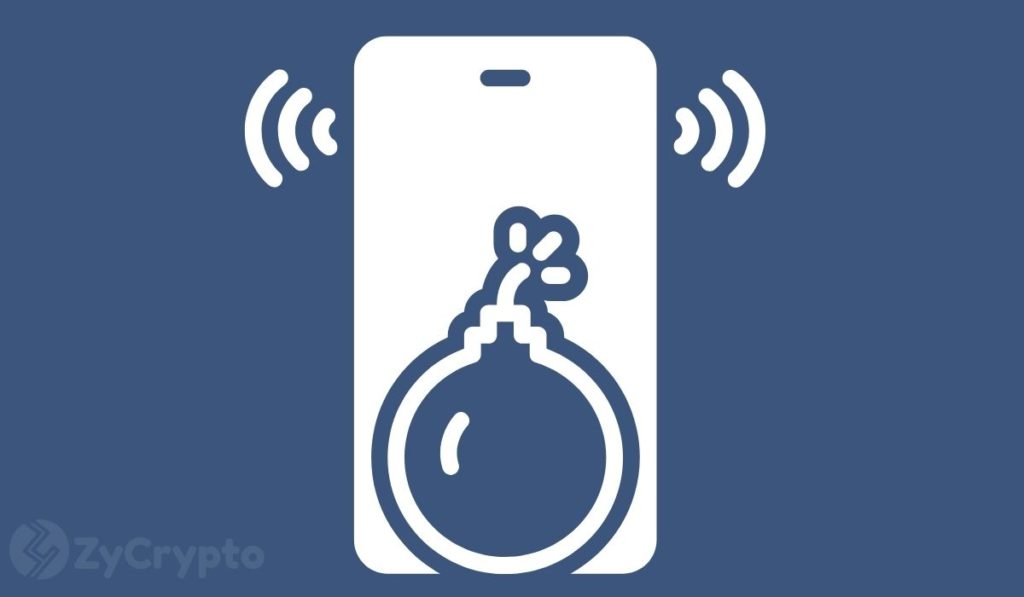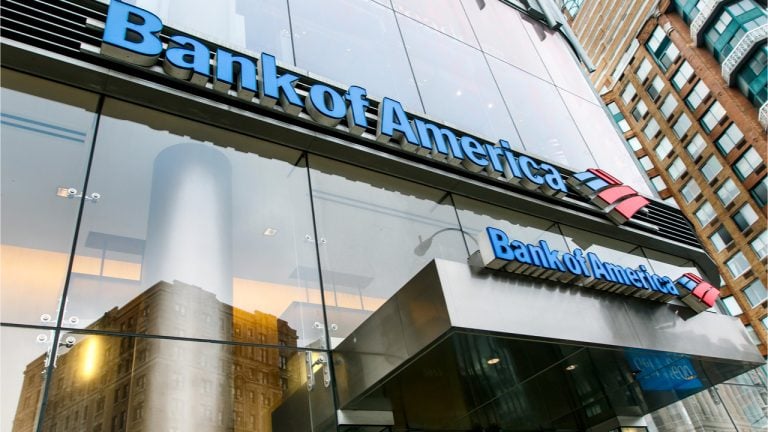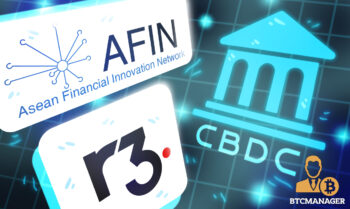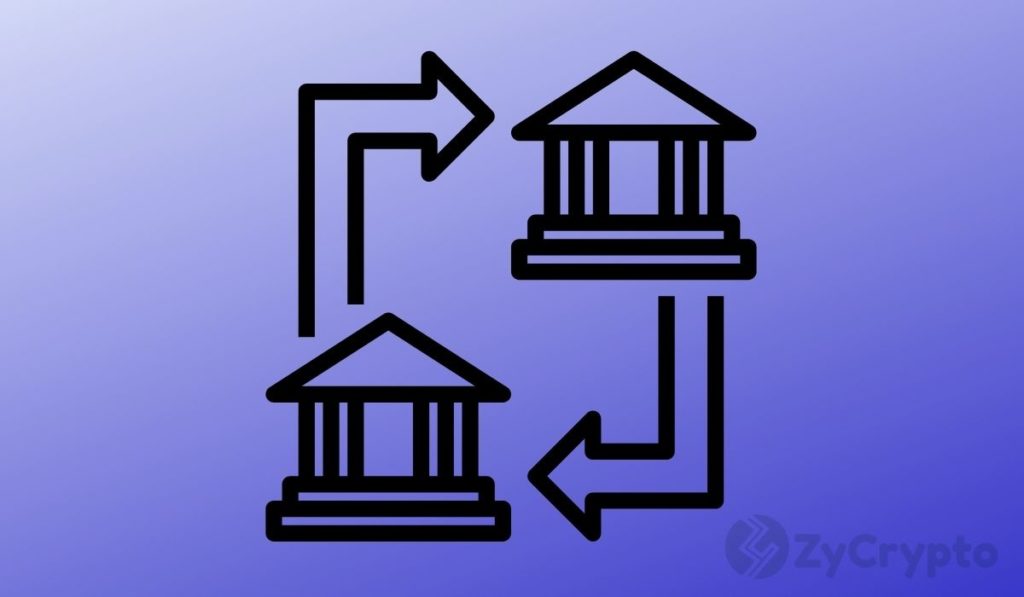
2022-3-31 23:07 |
We recently surveyed over 1,600 financial leaders across 22 countries and discovered that 37% of senior financial institution executives around the globe consider both “financial inclusion” and “greater access to credit” as the largest potential breakthroughs for Central Bank Digital Currencies (CBDCs). This echoes the stated goals of many countries and central banks that are actively exploring CBDCs or that have already launched pilots.
Clearly, CBDCs hold a lot of promise. But to paint a picture of a perfectly utopian digital currency-driven world without addressing the hurdles it will take to get there is not a realistic or useful approach. Implementing CBDCs is no small feat, and we’d be remiss to talk about them otherwise. That being said, it’s important to take a closer look at what the real-life use cases, hurdles and implications will be — not only for us as individuals, but for society as a whole — and how we can work together to take them from hype to reality.
It’s almost impossible to talk about CBDCs without mentioning financial inclusion. But lately, it seems as though the term financial inclusion has become more of a buzzword than a meaningful, tangible outcome. So what does financial inclusion actually mean, and why is everyone talking about it?
Here at Ripple, we define financial inclusion as making financial services available to people who don’t have access to them today and doing so in a way that is cost-effective and net financially positive for the people using those services. In this case, leveraging CBDC-enabled solutions to provide an easy way of doing things. This includes even the most basic of financial services, e.g. sending money to a friend or family member, having a secure place to store your money, etc. Not just for those in developing countries or those who are more tech-savvy, but everyone.
The opportunities of CBDCs are endless, but for brevity’s sake we’ve highlighted three key use cases where we see CBDCs having the biggest impact on the payments and financial landscape.
Efficient and Cost-Effective Cross-Border Remittances
Many countries around the world are making strides towards improving what have historically been inefficient and expensive cross-border payments. One example is The Kingdom of Bhutan and its central bank, the Royal Monetary Authority: As remittances (e.g. funds sent home by migrant workers) are an important component of their economy, the country is now turning to a CBDC solution to lower the cost and time involved in making these payments. They are taking a truly digital-first approach to solve these challenges and others as part of their financial inclusion journey.
Access to P2P Loans
In many parts of the world, particularly those that are still heavily cash-reliant, something as simple as a peer-to-peer (P2P) loan, e.g. loaning money to a friend or family member, could be made much faster, more efficient and secure with the use of a digital currency sent and received via a digital wallet. For many in today’s current landscape, this simple act can take upwards of a full day (or more) to complete.
Ability to Establish Credit History
In many parts of the world, citizens are unable to borrow money or take out a loan because they haven’t been able to establish a credit history. Typically this boils down to geography, leaving many of those citizens unbanked. The use of a CBDC would not only help provide a credit history, but a broader history with always-on access to resources regardless of physical location.
Together these CBDC use cases can have a powerful impact on financial inclusion. Across all of these use cases, however, there is a consistent set of practical hurdles to solve: education, user experience, identity, offline access and security. In this first post, we focus specifically on education and user experience.
Education
There is a global educational gap when it comes to understanding digital currencies. Not only how to use them — including the possibilities, nuances, and required technical savvy — but also the why behind them. Onboarding people into a digital currency system who aren’t educated on how to use that system, nor what the benefits are of using it, will run the risk of low usage rates and financial exclusion for many.
Take China’s digital Yuan as an example. As one of the first to pilot and test a digital currency two years ago, user growth is increasing but is currently outpacing transaction volume. This is being attributed to limited access and incentive for use among both businesses and consumers, especially when compared to their existing mobile payments systems.
To help overcome this hurdle, the People’s Bank of China recently improved its app to make it more customer friendly and enable more users in certain regions to sign up and start using the digital Yuan. China and other regions taking a similar approach could take it a step further by providing basic in-app education to onboard users leveraging gamification techniques — one solution that could go a long way in getting consumers up to speed quickly. A play-to-earn model that ensures people know how to use the app or digital wallet before they start handling real money and digital currencies would be one way to ease people in, granting them further access and additional benefits as they go.
User Experience
Depending on where you are in the world, dominant forms of payment vary across the board. In most developed countries, digital forms of payment like credit cards are likely the most dominant. In more developing countries, for example Kenya, mobile payments have become mainstream. Whatever the preferred form of payment between individuals and businesses, it offers a certain level of trust and always-on accessibility for users. Central banks must consider how a CBDC can be leveraged in a similar fashion by individuals from all backgrounds — including both foreign and domestic — making CBDCs as easy to use as cash and credit cards are today.
On the one hand, there are un/underbanked populations who are unaccustomed to using financial apps entirely. On the other, there is the complexity of many current digital asset wallets to consider, which are not intuitive even for people who have a lot of experience with mobile banking and stock trading apps. Understanding pain points like these will be key to driving CBDC adoption, especially given the steep learning curve that individuals face when utilizing cryptocurrencies. In this respect, ensuring accessibility for all will result in the need to create an intuitive user experience for consumers to navigate.
A few solutions for ensuring UX accessibility could include: tying identities to mobile phone numbers to simplify password proliferation; providing apps and other end-user services that can best align to specific customer needs; or providing direct, programmable customer support channels from central banks to end-users. For example, a CBDC could provide a customer channel or user-friendly app through which central bankers could quickly and easily distribute stimulus payments to ensure more widespread distribution, ease of access, and help stimulate the economy.
Central banks and institutions alike will need to create a seamless user experience to help increase user interaction with a potential CBDC platform.
In our next post in this two-part series on how to make financial inclusion a reality with CBDCs, we will be looking at three other primary hurdles to overcome in order to bring these use cases to life: identity, offline access, and security. We are just beginning to scratch the surface of what a digital currency-backed system can achieve, and there is no doubt that as the technology and its many applications continue to expand and evolve, so too will our ability to understand and leverage these solutions to create a more inclusive financial system — overcoming the hurdles together as individuals, bankers, service providers and society as a whole.
Download our CBDC whitepaper to learn more.
The post CBDCs: From the “Hype” to the “How” of Making Financial Inclusion a Reality – Part 1 appeared first on Ripple.
origin »Formosa Financial (FMF) íà Currencies.ru
|
|






















